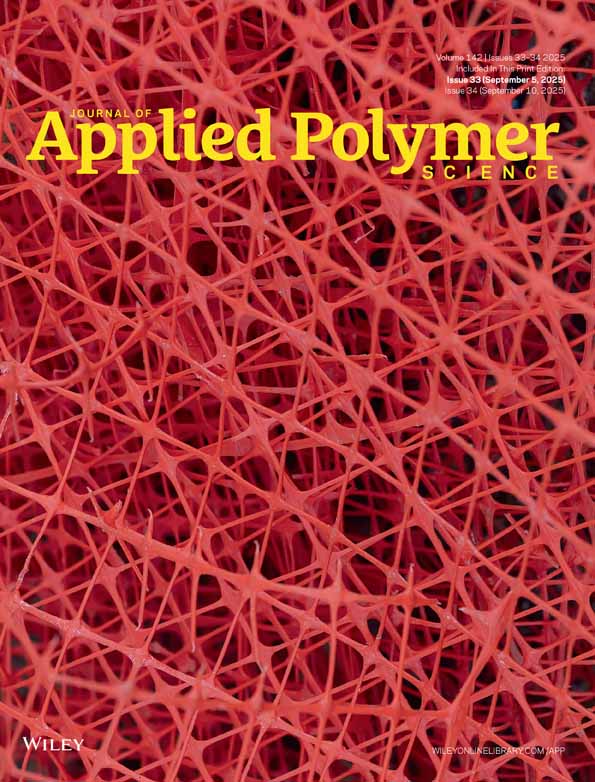Development of new concepts for the control of polymerization processes: Multiobjective optimization and decision engineering. I. Application to emulsion homopolymerization of styrene
Abstract
This article deals with the development of a multicriteria analysis, and its application to the optimization of batch emulsion polymerization processes. This new approach in the domain of polymer reaction engineering illustrates how a multiobjective optimization aided by a genetic algorithm and using the Pareto concept of domination is useful. In this process (emulsion homopolymerization of styrene), several objectives were simultaneously required, e.g., a high quality of the resulting products together with a high productivity. The aim of this study was to find the optimal experimental conditions to obtain simultaneously the minimum reaction time and designed values for both average molecular weights and particles size. To do that, an adapted mathematical model, able to describe all the process physicochemical phenomena, was been first elaborated. The multicriteria analysis then gave a set of nondominated points with conflicting criteria. A decision support system was then developed and applied to rank the Pareto solutions set and to propose some good solutions by taking into account the decision maker's preferences. © 2003 Wiley Periodicals, Inc. J Appl Polym Sci 87: 2383–2396, 2003




